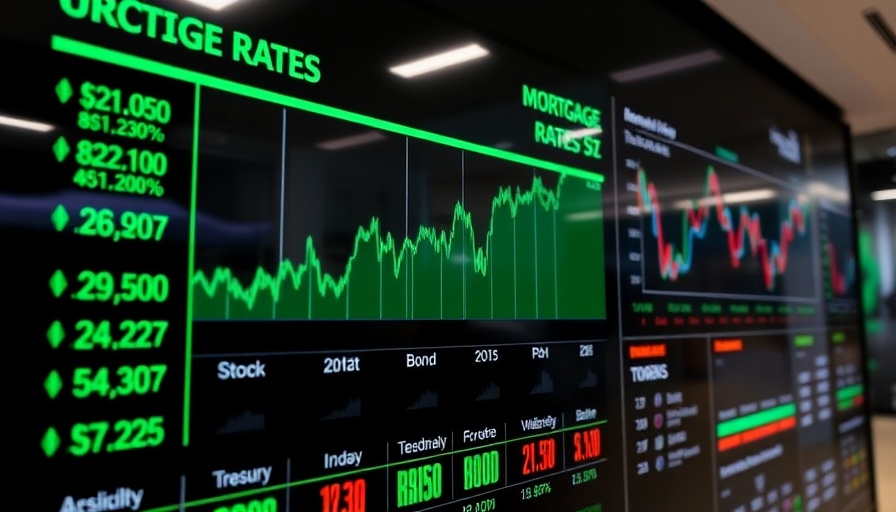
Understanding the Dynamics of Mortgage Rates
Mortgage rates serve as an important barometer for the housing market, directly influencing affordability for potential homebuyers. Recently, the market experienced a slight decline in rates, which, while not substantial, reflects a broader trend often correlated with the U.S. Treasury auctions. Understanding this connection can help consumers make informed decisions about timing their mortgage applications and refinances. On May 6, 2025, mortgage rates were initially flat, only adjusting downward after the 10-year Treasury auction demonstrated strong investor interest.
The Impact of Treasury Auctions on Mortgage Rates
Every time the government raises capital through bond auctions, investors gauge the economic stability, which directly influences mortgage-backed securities (MBS). Mortgage rates are closely tied to the yield on these Treasuries; as investor sentiment shifts, so too does the cost of borrowing for homeowners. This was evident from recent auction results where favorable reception led to lenders adjusting their rates downwards, albeit slightly.
Future Trends and Predictions in Mortgage Rates
Looking ahead, the trajectory of mortgage rates will be shaped by several macroeconomic indicators. Inflation data, employment reports, and Federal Reserve interest rate policies will play significant roles in determining how treasuries—and consequently, mortgage rates—behave over time. Links between economic growth and housing demand suggest that rates might stabilize or fluctuate, especially as we move deeper into the fiscal year.
What It Means for Homebuyers and Investors
For homebuyers, even a slight improvement in mortgage rates may yield significant savings over the life of a loan. With the current rate hovering around 6.88% for a 30-year fixed mortgage, a drop—even by a fraction of a percentage point—can reduce monthly payments and total interest substantially. Investors should take note: these rates not only affect residential purchasing but also calculate investment property valuations and rental yields.
Risk Factors in a Fluctuating Market
While the recent market improvements are promising, potential buyers and investors must also consider risks. Future economic shifts, including sudden rises in inflation or changes in fiscal policy, can reverse attractive mortgage rates quickly. Adverse macroeconomic indicators may lead lenders to adopt more conservative lending practices, causing rates to swing back up. Staying informed and reactive in these circumstances is vital for making the most of financial opportunities.
Take Control of Your Financial Future
Given the intricacies of mortgage rates and their fluctuations, potential homeowners and investors have an opportunity to seize current favorable conditions. By utilizing tools such as mortgage calculators and tapping into expert resources, individuals can assess their financial options better. Moreover, keeping an eye on market updates will empower them to act swiftly when advantageous rates appear.
 Add Row
Add Row  Add
Add 




 Add Row
Add Row  Add
Add 








Write A Comment